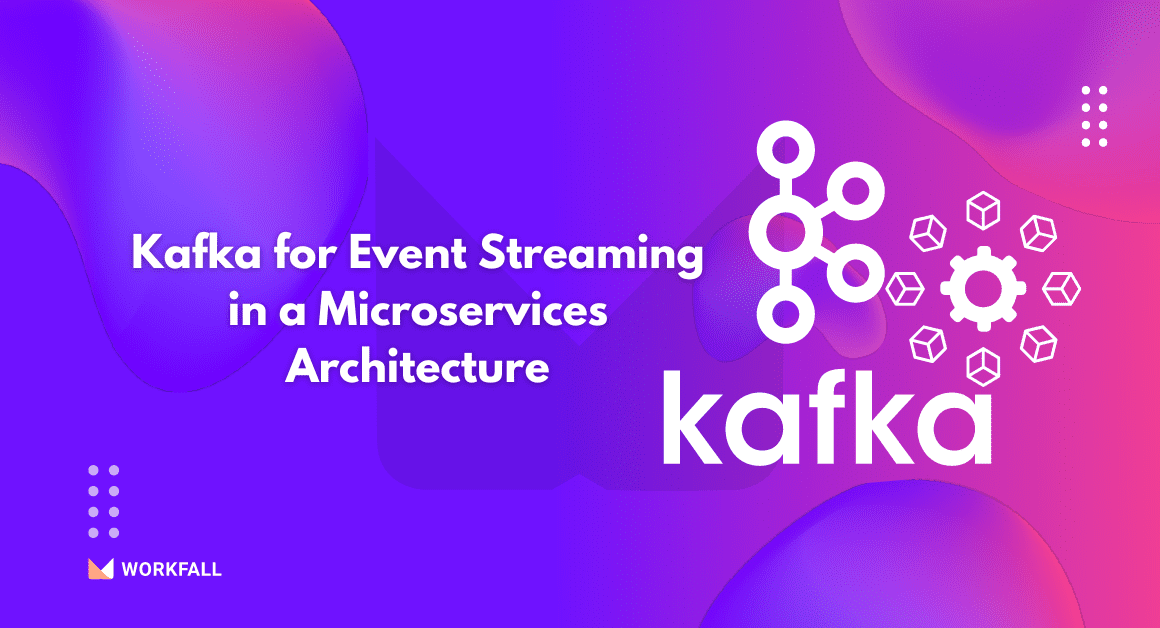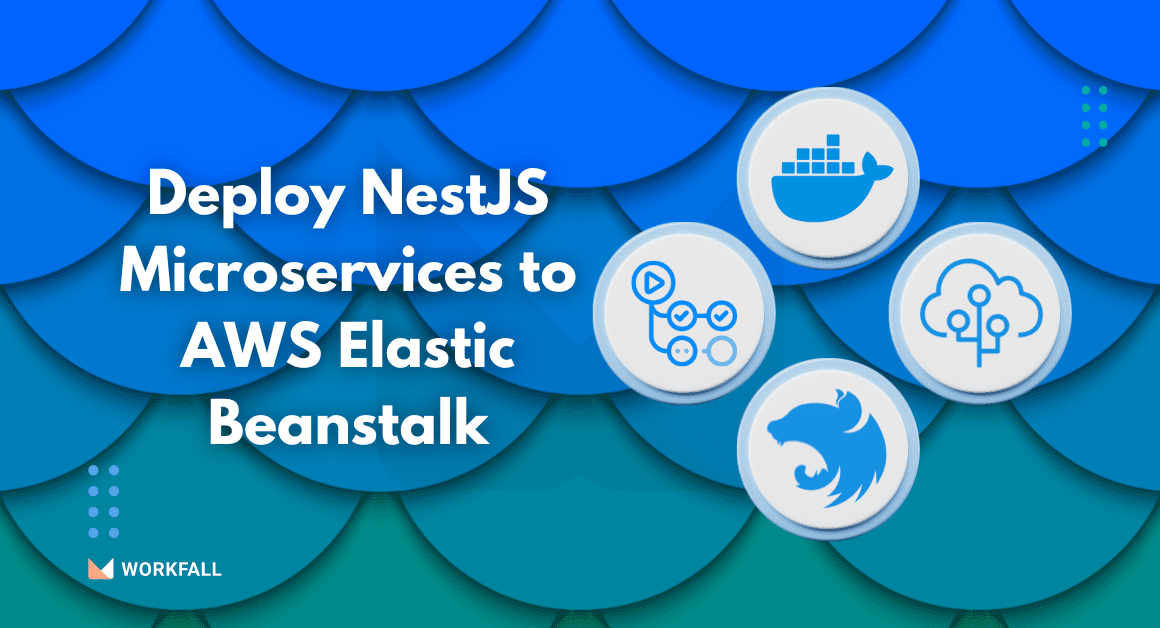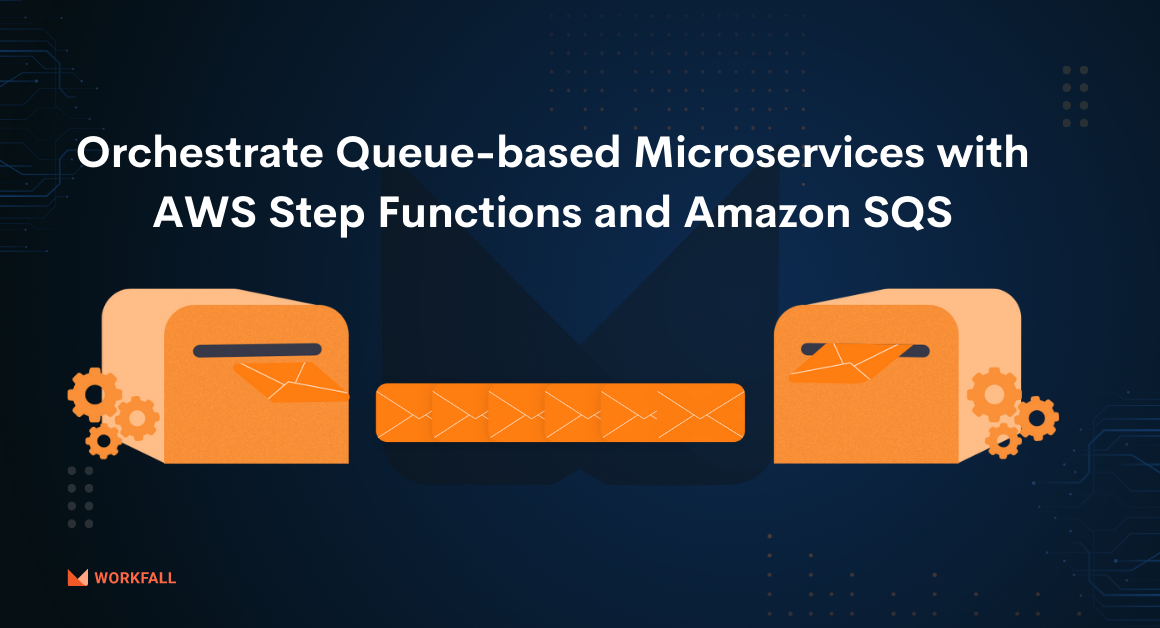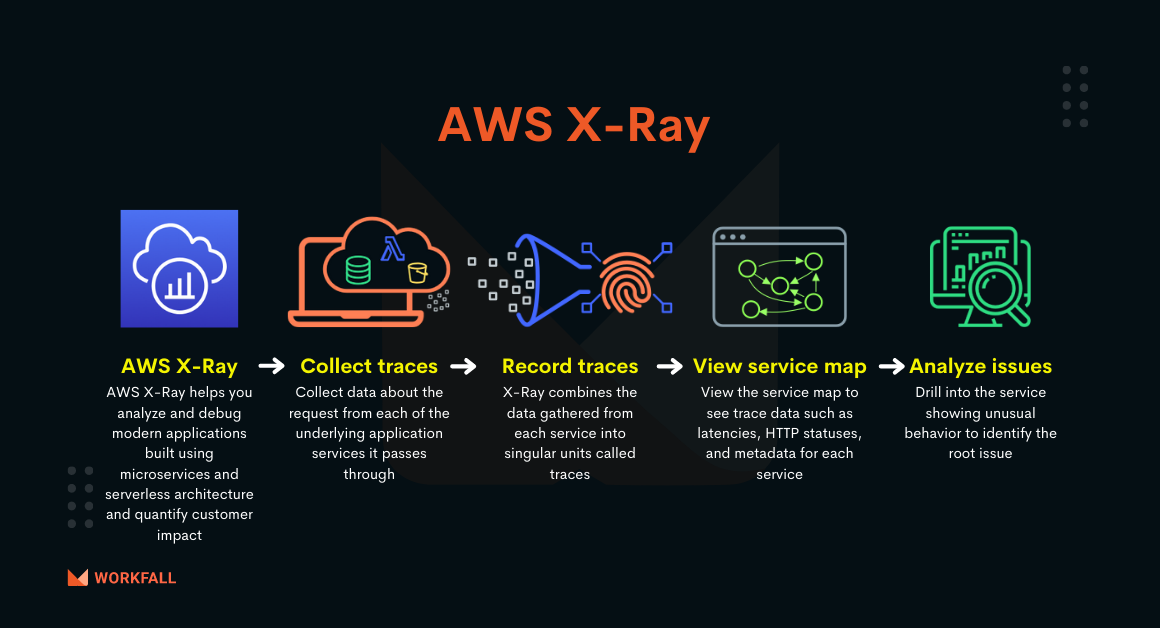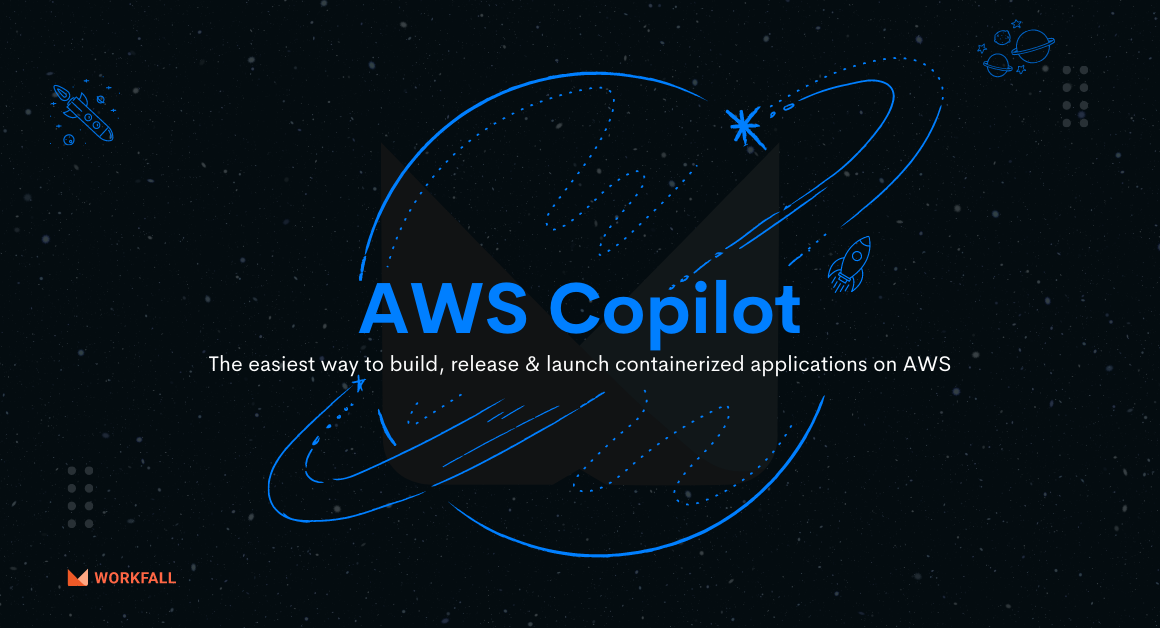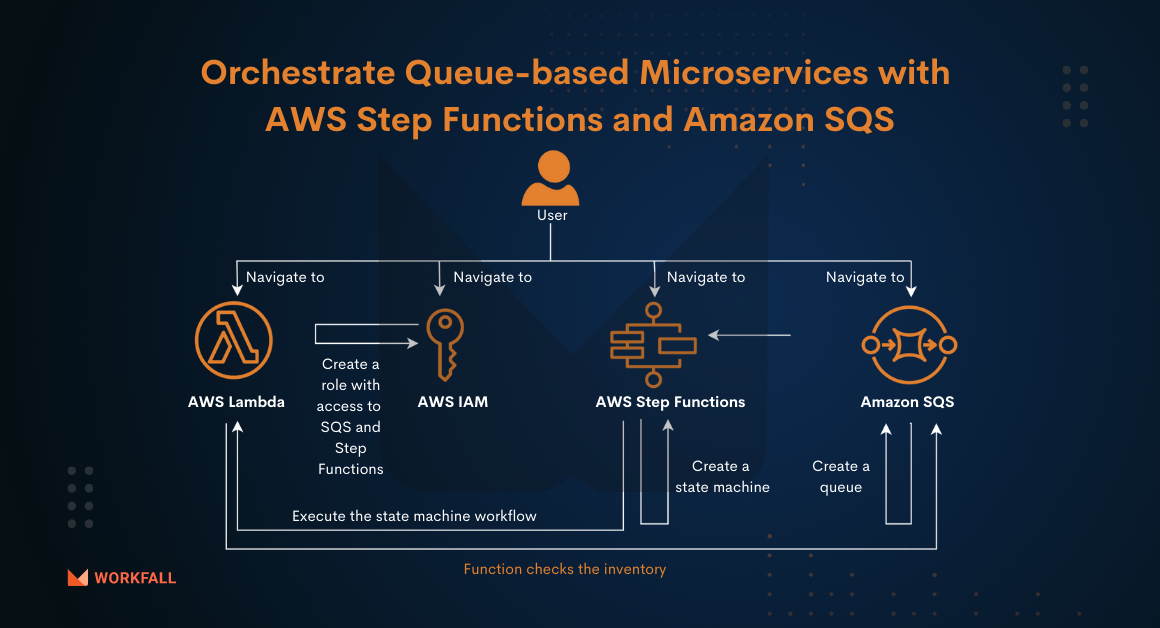How to Develop a Micro-Frontend Application With React?
Reading Time: 10 minutes Discover the basics of micro-frontend development in our new blog. We’ll guide you through creating lively apps with React, explaining the perks, structure, and smart practices for micro-frontends. It’s like solving a web puzzle — simple, effective, and fun. Let’s get started! In this blog, we will cover: What are Micro-frontends? Micro-Frontend Architecture Advantages of […]
How to Use Kafka for Event Streaming in a Microservices Architecture?
Reading Time: 7 minutes The world of creating real-time applications can get complex when we have to consider latency, fault tolerance, scalability, and possible data losses. Traditionally, web sockets were the go-to option when it came to real-time applications, but think of a situation whereby there’s server downtime. It means that there is a high risk of data loss […]
How to Deploy NestJS Microservices to AWS Elastic Beanstalk?
Reading Time: 7 minutes AWS Elastic Beanstalk is an AWS service on which you can deploy your application and it offers orchestration for various AWS services such as EC2, and S3 out of the box through auto-scaling, load-balancing, and capacity provisioning. All you have to do is upload your code and AWS Elastic Beanstalk does everything for you including […]
How to orchestrate Queue-based Microservices with AWS Step Functions and Amazon SQS (Part 1)?
Reading Time: 11 minutes Assume that you are developing a distributed application and looking for a solution to transmit a large volume of data, at any level of throughput, without losing messages or requiring other services to be available, you can think about Amazon SQS! Using Amazon SQS you can decouple application components so that they run and fail […]
How to build a serverless event-driven workflow with AWS Glue and Amazon EventBridge(Part 2)?
Reading Time: 11 minutes In microservices, maintaining loose coupling within distributed systems remains a difficulty. In the long run, even loosely coupled architectures tend to become tightly coupled. It becomes increasingly more difficult for enterprises to ensure that each service is healthy as all APIs are built into sophisticated workflows. If you want to scale your serverless application while […]
How to analyze, debug and trace AWS Lambda function using AWS X-Ray?
Reading Time: 9 minutes AWS X-Ray helps developers to analyze and debug production and distributed applications. It helps developers in understanding how applications and their underlying services are performing to identify and troubleshoot the root cause of performance issues and errors. In this blog, we will explore how we can make use of AWS X-Ray to monitor, trace and […]
How to set up AWS Copilot to build, release and operate containerized applications on ECS and Fargate using a CLI?
Reading Time: 9 minutes Are you completely drained by worrying about your infrastructure over architecture? Well, AWS Copilot supercharges your application by allowing you to set up infrastructure, build your application with many microservices, set up a pipeline to automate release and monitor the stack and application’s status, and add-ons all from a single CLI. In this blog, we […]
How to orchestrate Queue-based Microservices with AWS Step Functions and Amazon SQS?
Reading Time: 10 minutes Since the term was coined in 2011, Microservices have been making waves among forward-thinking application development corporations. Microservices help decouple application components so that they run and fail independently, increasing the overall fault tolerance of the system. When your application is decoupled you need them to communicate in a seamless way to avoid any delay, […]

